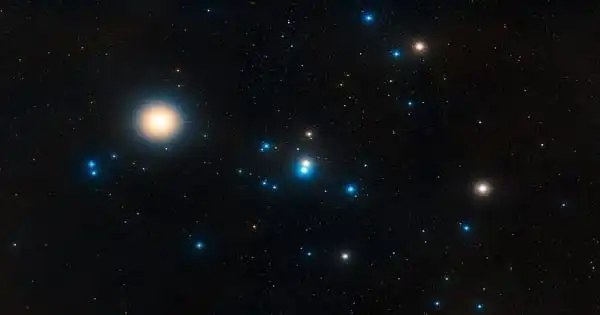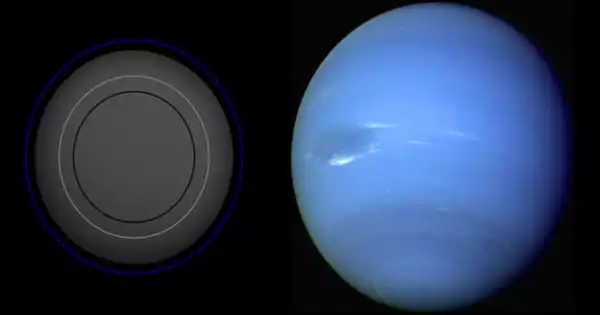HD 24496 is a binary star system in the Taurus equatorial constellation. It is a Star that is not part of the Taurus constellation outline but is within its boundaries. The pair’s combined apparent visual magnitude is 6.81, which is too faint to be seen with the naked eye. The color of HD 24496 is yellow based on the star’s spectral type (G0). The star cannot be seen with the naked eye and must be viewed through a telescope.
HD 24496 is a 7th magnitude G-type wide binary star and M-type star located in the constellation Taurus about 67 light years away. This star is smaller, cooler, fainter, and has a lower mass than the Sun. Furthermore, its metal content is only 2% higher than that of the Sun. HD 24496 A, a gas giant planet, was discovered in 2009.
HD 24496 is classified as a binary or multiple star system. Based on parallax, the system is 66.8 light-years away from the Sun and is moving away with a radial velocity of +19 km/s. It moves through the celestial sphere at a rate of 0.276′′ per year. The estimated radius of HD 24496 has been calculated to be 0.88 times that of the Sun. The Sun’s radius is 695,800 km, therefore the star’s radius is an estimated 615,087.68.km.

The apparent magnitude of HD 24496 is 6.81, which is a measure of the star’s brightness as seen from Earth. Component A, a magnitude 6.9 primary star, is a G-type main-sequence star with the stellar classification G7V. It is approximately three billion years old and has a low projected rotational velocity. The star has 96 percent of the Sun’s mass and 91 percent of its radius. Metallicity, or the abundance of heavier elements, is roughly the same as it is in the Sun. At an effective temperature of 5,572 K, the star radiates 71 percent of the Sun’s luminosity from its photosphere.
Component B, the secondary companion, is a magnitude 11.1 red dwarf of class M2V that has a common proper motion with the primary. They have a physical projected separation of 55.2 AU and an angular separation of 2.7′′ along a position angle of 256°. Their orbital period is estimated to be around 123,000 years.
















